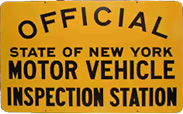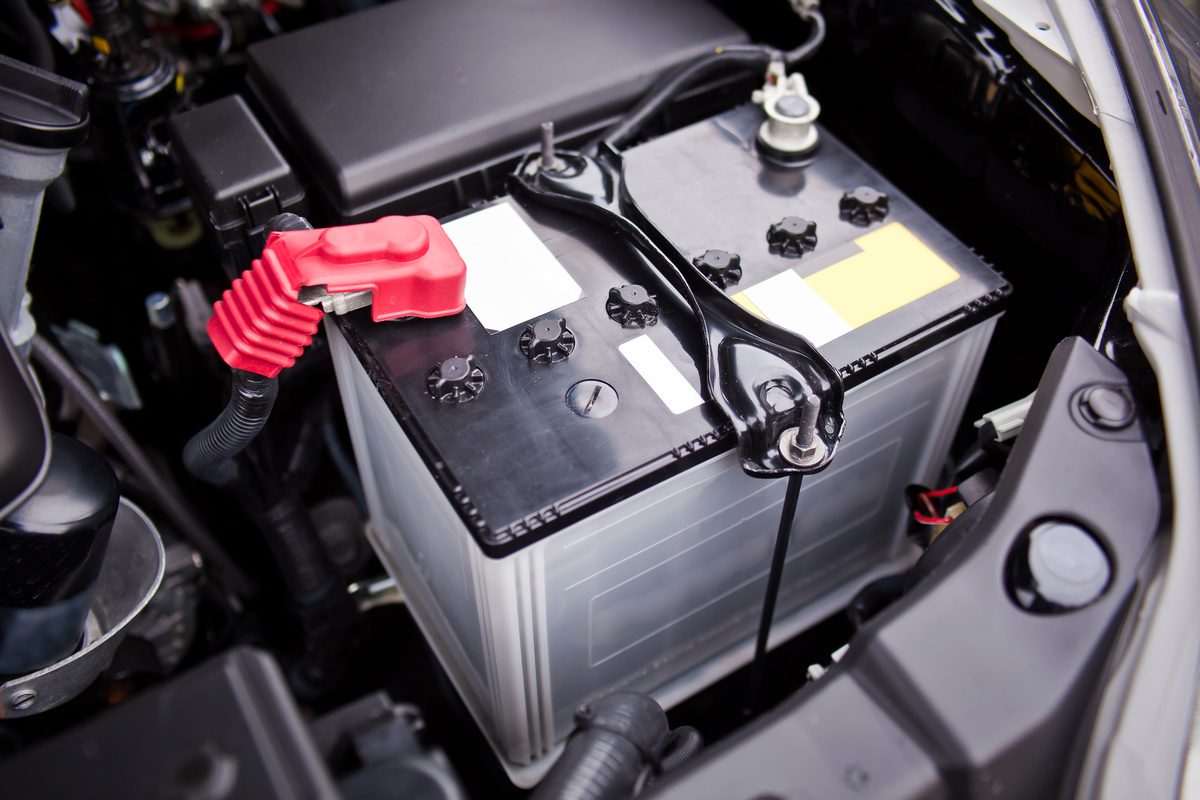bATTERIES
Batteries
The electrical system in your vehicle is responsible for energizing critical components, ranging from the ignition and fuel systems to various accessories like your radio, headlights, and windshield wipers. It’s important to note that the engine serves as the primary source of power for this system.
Now, let’s explore the three essential components of the electrical system:
Battery
In times when your car’s engine is not running, the battery serves as the essential power source for the entire system, including the critical start-up (cranking) process, and it also steps in to bolster power from the charging system when there’s increased demand.
Charging System
At the core of the electrical system lies its heart, comprised of three key elements: the belt-driven alternator, an array of electrical circuits, and a voltage regulator. The alternator is responsible for providing power to the electrical system and replenishing the battery’s charge once your vehicle is up and running. As the name suggests, the voltage regulator meticulously manages the voltage levels, ensuring they stay within the operational range of the electrical system.
Starting System
Among all the electrical systems in your car, the starting system is the most power-hungry. It’s a collaboration of three integral components: the ignition switch, the starter relay or solenoid, and the starter motor. The ignition switch manages the starter solenoid, which, in turn, triggers the starter motor. The starter motor’s role is to crank the engine until your vehicle successfully starts.
Full Service Auto Shop
Satisfaction Guaranteed
Call us today



